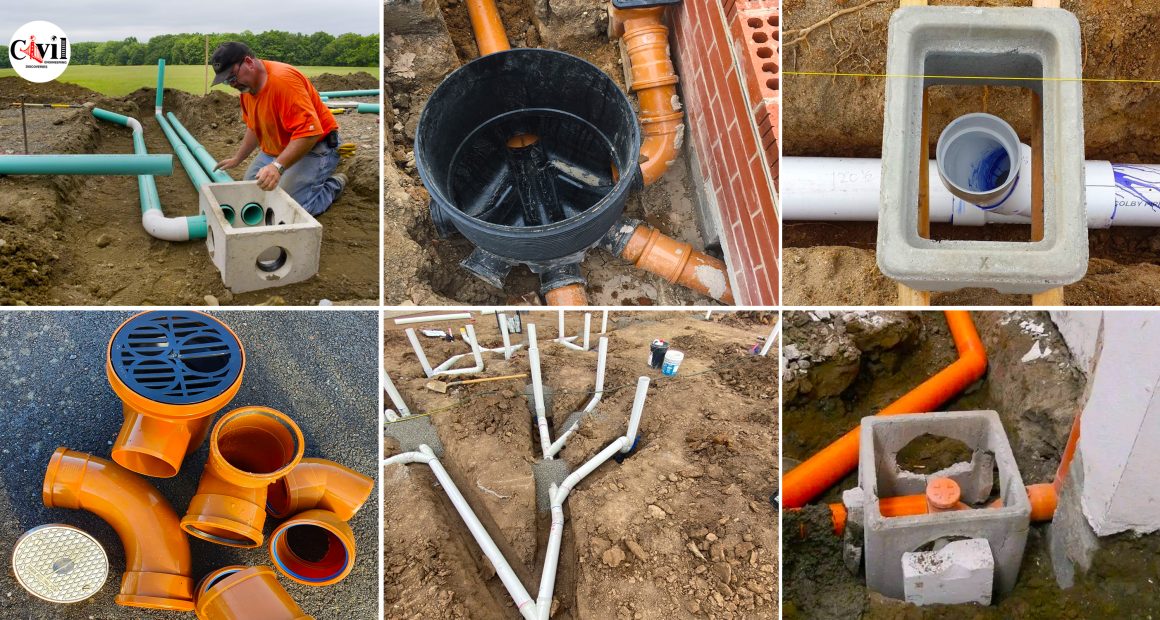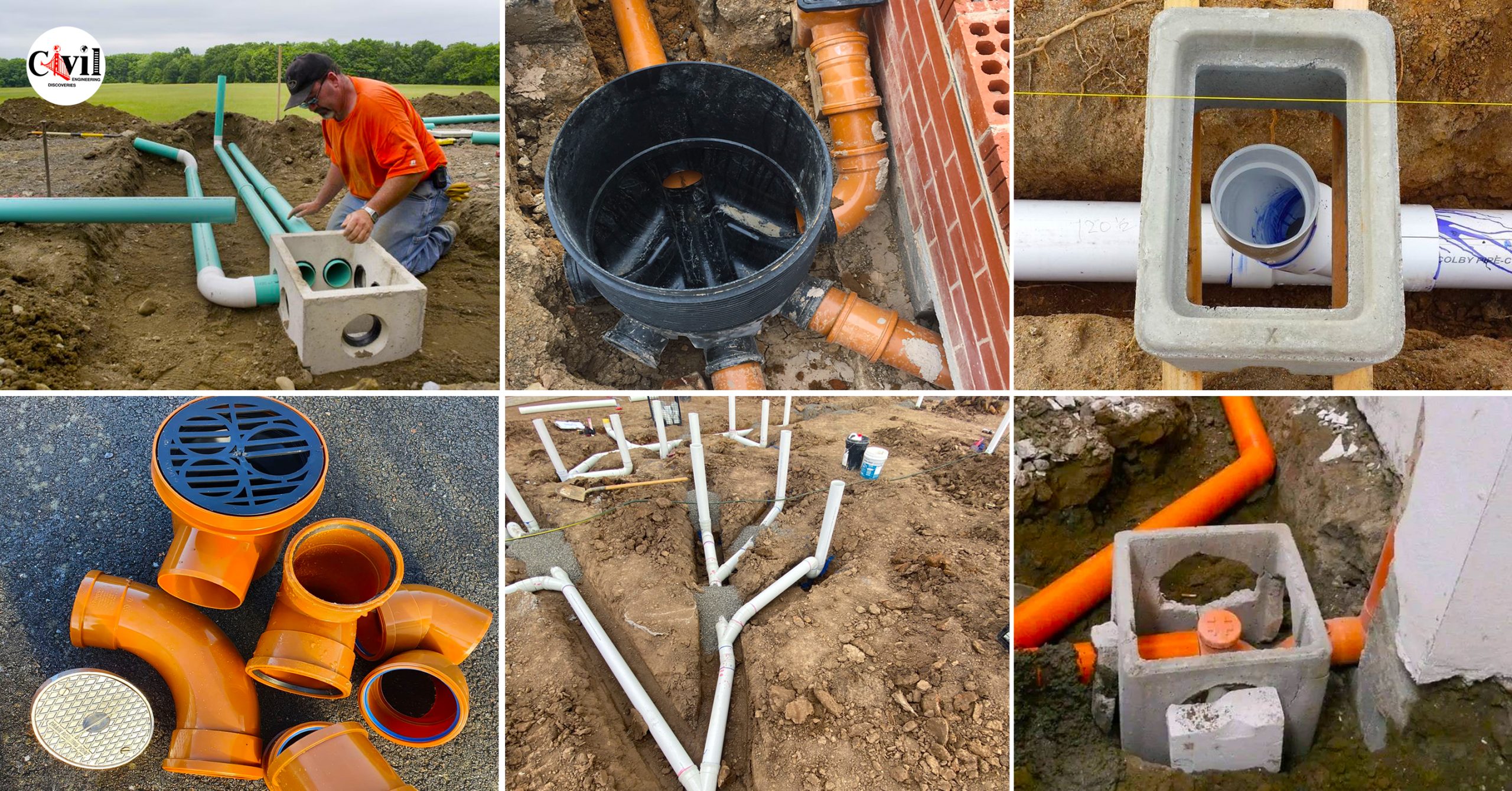Are you curious about what lies beneath our feet? Have you ever wondered how the intricate network of underground drainage systems is installed? In this article, we will take you on a visual journey through 29+ eye-opening images that showcase the fascinating world of underground drainage system installations. From the initial excavation to the final installation, prepare to be amazed as we dive deep into these hidden structures that play a crucial role in maintaining the cleanliness and efficiency of our cities.
The Importance of Underground Drainage Systems
Before we delve into the mesmerizing images, let’s first understand the significance of underground drainage systems. These intricate networks of pipes, channels, and tunnels are responsible for collecting and diverting stormwater, wastewater, and sewage away from our homes, streets, and public areas. By doing so, they prevent flooding, protect our water sources from contamination, and ensure the efficient disposal of wastewater.
Preventing Flooding
One of the primary functions of underground drainage systems is to prevent flooding. During heavy rainfalls or snowmelt, these systems efficiently collect and channel the excess water away from our surroundings. By guiding the water through underground pipes and tunnels, the risk of surface flooding is significantly reduced, preventing potential damage to properties and infrastructure.
Safeguarding Water Sources
Another critical role of underground drainage systems is to safeguard our water sources from contamination. These systems ensure that stormwater and wastewater, which may contain pollutants or harmful substances, are diverted and treated before they reach rivers, lakes, or other natural bodies of water. This helps maintain the quality of our drinking water and the overall health of aquatic ecosystems.
Efficient Wastewater Disposal
Efficient wastewater disposal is an essential aspect of maintaining public health and hygiene. Underground drainage systems efficiently transport sewage and wastewater from our homes and businesses to treatment facilities. These systems prevent the accumulation of waste, ensuring its safe and hygienic disposal, ultimately contributing to a cleaner and healthier environment.
Exploring the Installation Process
Now that we understand the vital role of underground drainage systems, let us explore the intriguing process of their installation. The following images will give you a glimpse into the various stages involved in setting up these hidden marvels beneath our feet.
1. Site Preparation:
- Excavation of the designated area begins, creating space for the installation of pipes and channels.
- Heavy machinery is used to remove the soil and create a trench that will house the underground drainage system.
2. Pipe Placement:
- Large sections of pipes, often made of durable materials like PVC or concrete, are carefully laid out in the excavated trench.
- These pipes are strategically positioned to ensure maximum efficiency and proper water flow within the system.
3. Junctions and Intersections:
- Junctions and intersections are crucial points within the underground drainage system.
- These areas allow different pipes to connect, enabling water to flow smoothly through the network.
4. Inspection Chambers:
- Inspection chambers are strategically placed along the system to allow access for maintenance and future inspections.
- These chambers are equipped with covers that can be easily removed when necessary.
5. Backfilling and Compaction:
- Once the pipes and chambers are in place, the excavated trench is carefully filled with soil.
- Backfilling helps secure the underground drainage system, providing stability and protection against external factors.
6. Testing and Quality Assurance:
- Before the installation is deemed complete, a series of tests and quality assurance measures are conducted.
- These ensure the system’s functionality, structural integrity, and adherence to safety standards.
7. Surface Restoration:
- Once the installation is verified, the area above the underground drainage system is restored to its original condition.
- This includes leveling the soil, reseeding grass, or reinstalling pavement, depending on the surrounding environment.
Concrete Elegance: 30+ Stunning Photos of RCC Structures Rising From The Ground Up


































